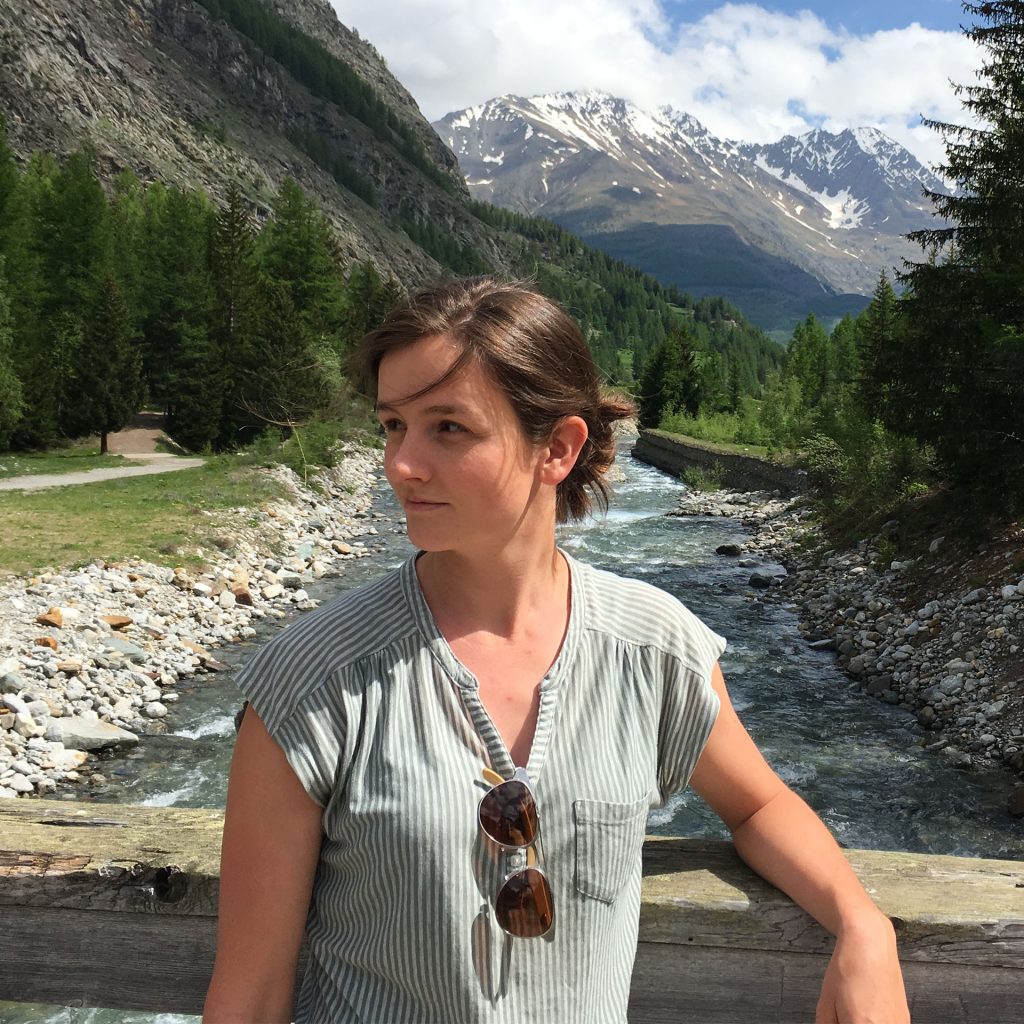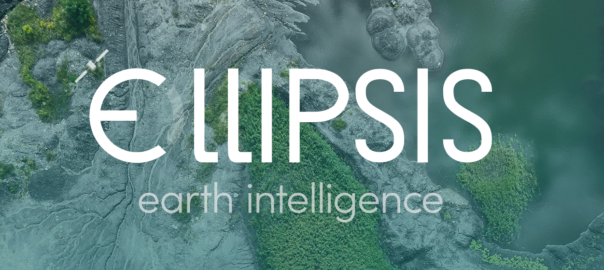Satellites constantly monitor every part of our planet’s surface, but until now, only the most technically-minded have been able to access the relevant data. Ellipsis Drive wants to change that, bringing automated analysis of satellite imagery to the mainstream.
Founded in April 2018, Ellipsis Drive has developed a self-teaching system that gives a clear picture of environmental changes as they happen, helping businesses make the best use of data to manage their resources, without the need for specialist know-how. It focuses on working with organizations and companies that have very specific information requirements, whether in an agrifood setting or for engineering projects, for instance.
“We started out with the idea of making sure that more people – not only those that are very technical – are able to leverage all the information that is being put out there,” said CEO Rosalie van der Maas. “The world we are living in is under increasing pressure to make better use of resources.”
Beneficial technology

Van der Maas has an academic background that spans social and environmental sciences, as well as a strong interest in data analysis, while the company’s co-founders bring expertise in mathematics, physics and IT. She was working on her Master’s degree when they had the idea of creating a company that used data science for a good cause.
“We landed on using satellite data for this,” she said. “It brought everything together in terms of expertise and inherent interest. Call it the disease of millennials: You try to use technology for good – and we felt that we had found something that allowed us to do that.”
The idea is to provide accurate, automatically updated information on diverse landscape conditions, minimising the need for companies to conduct field visits. It can be used to analyse the scale of deforestation, natural grassland, erosion or land subsidence, for example. However, the system can go into much greater detail when required, allowing assessment of specific types of trees, the state of riverbeds, or even whether land on a particular farm is being used for grazing.
Targeted analysis
This case-by-case approach – and its self-teaching IT infrastructure – sets it apart from other analysis systems, which van der Maas says may go into more detail than any particular user requires. Instead, clients can specify the exact area they want to analyse and the methods they want to use to assess what is happening on the ground. The company charges by the square kilometer, with economies of scale for large areas of interest.
“We saw that the pipeline that we built could be leveraged for a whole host of uses,” she said.
Van der Maas notes that other companies carry out similar analysis in nearly every situation that the Ellipsis system monitors, but they tend to be more expensive.
“Because we have focused on infrastructure instead of on use case, we can price everyone out of the market,”
Van der Maas
You have a bunch of companies that monitor for deforestation, and sometimes they almost do too much. It should be a little bit more lightweight and cheaper.”
She said many people suggested they should focus on one area to get to know a specific market segment – and that approach has some logic to it – but she recognized that the system could be used more broadly.
Automated and shareable
In addition, because the company’s unique value comes from its custom-made IT structure, it is happy to share its methods, models and data with clients – something that she says worries competitors.
“For example, on cases like land subsidence, companies are very much focused on how to do that and are relying on technologies that are open sourced,” she said. “They are focused on doing that manually. Our system is automated.
“The reason that we compete is that we are operating in a framework that has elements that can be changed…We always share our model with our clients, because it is not the model, but the data infrastructure is where the value is.”
Identifying risk

The company is now working on a wide range of projects, including with NGOs like Solidaridad, ECO and WWF. One of the most innovative is a monitoring programme to check the authenticity of claims related to pasture-raised cattle.
“Big dairy companies have a big issue with verifying that their cows actually go outside to graze,” she said. “Together with them, we have developed a method to define a risk fingerprint.”
In practice, this means that low-resolution satellite imagery monitors patterns in how farmers mow their fields. If this data reveals that a farmer is mowing a large proportion of their land at once, it might suggest that cattle are being held indoors. At that point, more detailed, higher resolution analysis can reveal what is really happening.
“It’s such high resolution you can actually see the cows in the field,” she said.
StartLife benefits
Van der Maas said she was already spending many hours working on the initial Ellipsis concept during her Master’s degree when she made her first bid for funding. The project didn’t win at that time, but the jury of assessors included representatives from StartLife, who encouraged her to apply to the StartLife Accelerate program.
“We were at a relatively early stage,” she said. “I believe you can benefit a lot from organizations that have seen this kind of structure before.”
StartLife provided a business coach, which van der Maas said was particularly useful in helping her define her own role in the company, and the program was directly responsible for linking the startup with its main financer, Eindhoven-based IT company Itility.
When it comes to working with the agrifood sector, she said it is still a big challenge getting companies to take action.
“It is getting harder and harder to ignore calls for sustainable production,” she said. “At first everyone talks about how it should be better, but we now are helping organisations actually act it out. There used to be a lot of focus on corporate social responsibility and then it started to become clear that sustainability was also good for the bottom line.”
She added: “We are most proud of having people who are not tech savvy using resources in a more sustainable way. That is what it all comes down to.”
